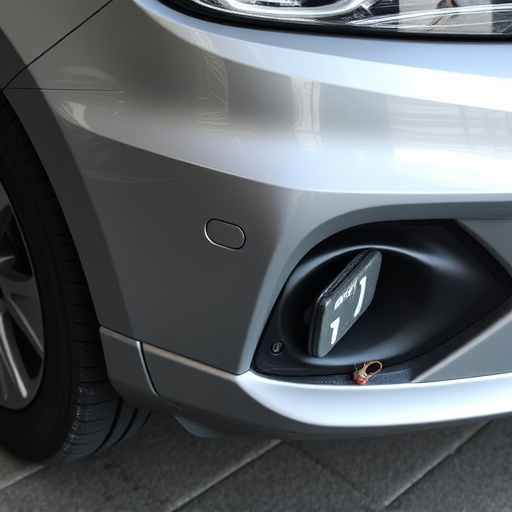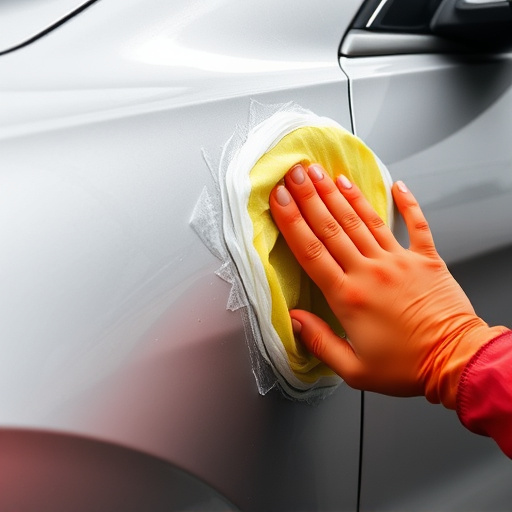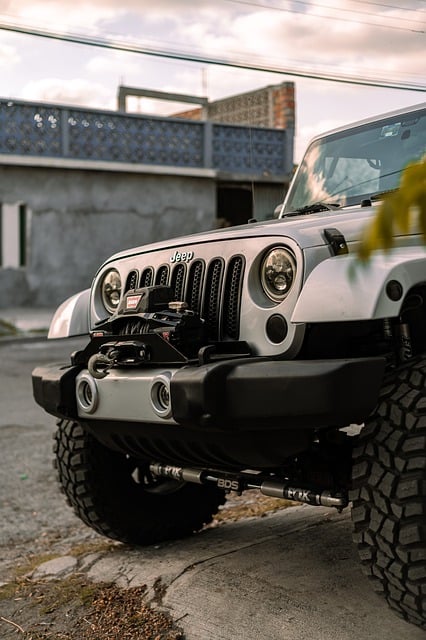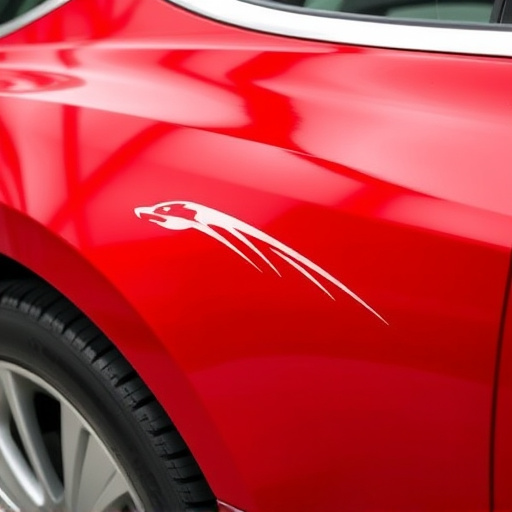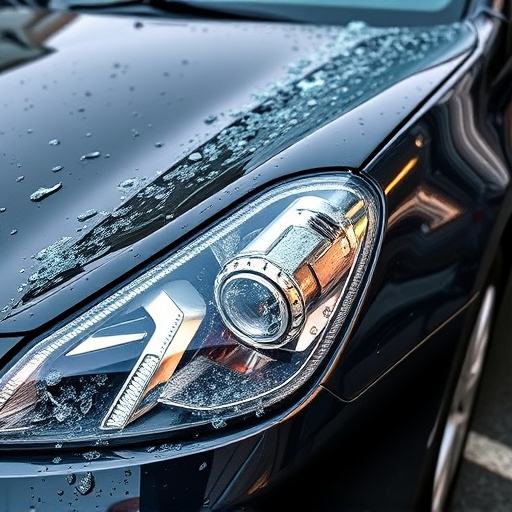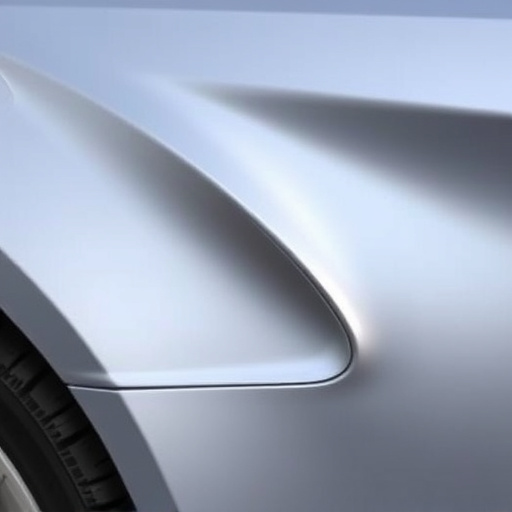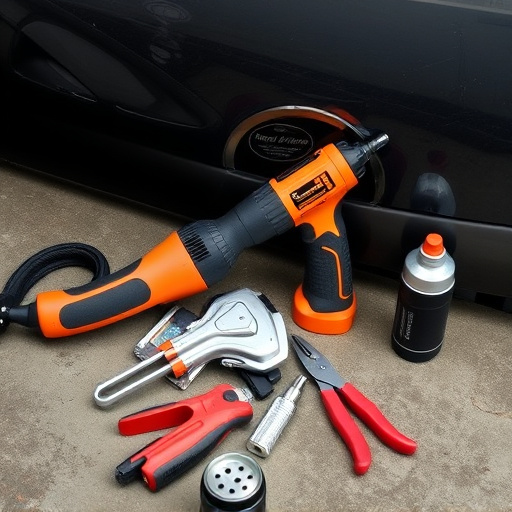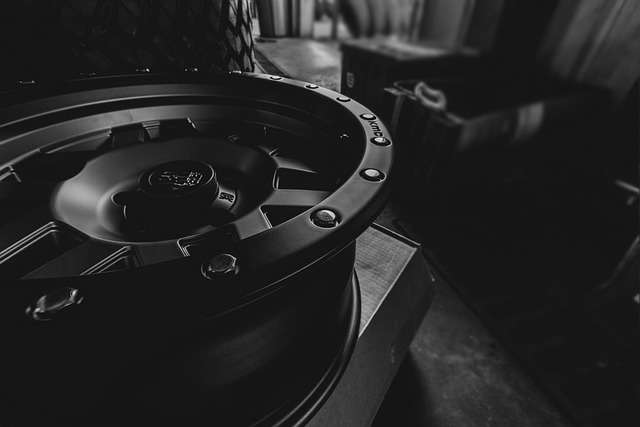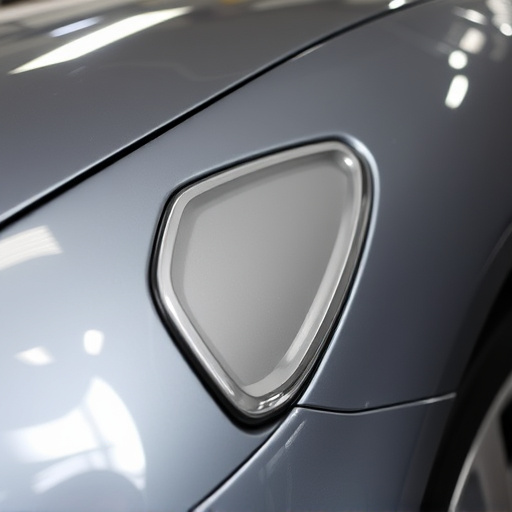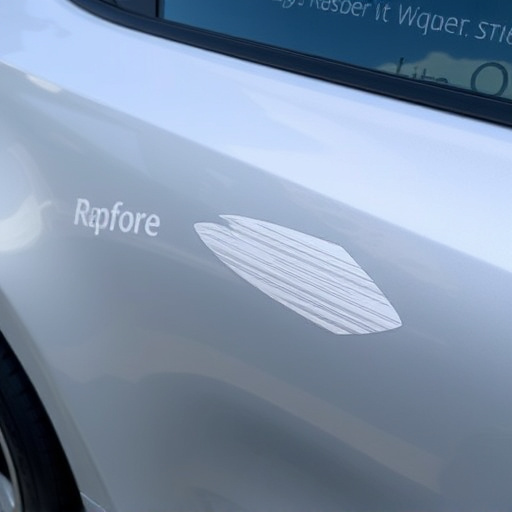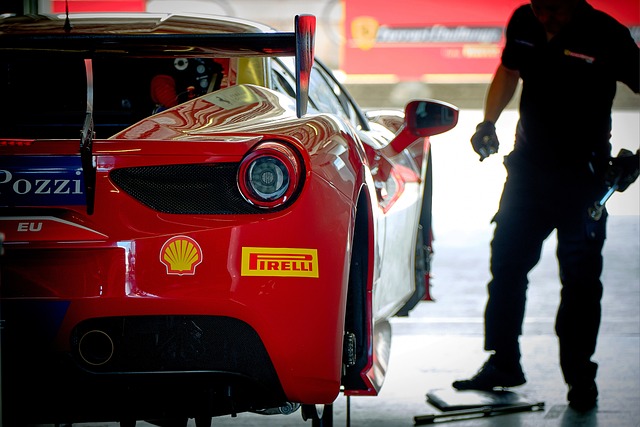When visiting an auto body shop for frame damage repairs, understanding their estimates is crucial. The process involves advanced diagnostic tools to identify misalignments or deformations in the vehicle's chassis, providing a clear breakdown of parts replacement and labor costs, including alternative solutions. Auto body shop professionals use visual inspections, laser measures, and CAD software to accurately assess warping, bending, or misalignment, ensuring precise estimates for restoration, including painting and scratch repair. Accurate estimates, based on thorough inspections and industry standards, enhance customer satisfaction, quality control, and competitive positioning in the market.
“Uncovering the intricacies of auto body shop estimates for frame and structural damage is paramount in ensuring accurate repairs and customer satisfaction. This comprehensive guide explores the art of estimating, from comprehending complex frame damage to leveraging advanced assessment tools.
We’ll delve into proven strategies that auto body shops can employ to create precise estimates, minimizing errors and maximizing efficiency. By mastering these techniques, shops can enhance their reputation for delivering top-tier service, all while maintaining customer trust.”
- Understanding Auto Body Shop Estimates for Frame Damage
- Assessing Structural Damage: Methods and Tools
- Creating Accurate Estimates: Tips for Auto Body Shops
Understanding Auto Body Shop Estimates for Frame Damage

When visiting an auto body shop for frame and structural damage repairs, understanding their estimates is crucial. Auto body shop estimates for frame damage involve a detailed inspection to identify any misalignments or deformations in the vehicle’s chassis. This process includes advanced diagnostic tools to assess the severity of the damage, ensuring every component is considered accurately.
Auto maintenance professionals will provide a comprehensive breakdown of the required repairs, detailing parts replacement and labor costs. They may also offer insights into alternative solutions or cost-saving measures for specific cases. An auto collision center’s estimate should be transparent, allowing car owners to make informed decisions about their vehicle’s restoration, whether opting for a full structural repair or choosing more economical alternatives within an auto painting service.
Assessing Structural Damage: Methods and Tools

Assessing structural damage is a critical step in any auto body shop estimate process. Professionals employ a range of methods and tools to thoroughly evaluate a vehicle’s frame and chassis for signs of warping, bending, or misalignment—key indicators of structural integrity. Visual inspection often begins by examining the exterior for visible deformities, followed by more precise measurements using specialized equipment like laser measuring devices. These instruments provide accurate data on gap measurements, angle deviations, and overall alignment, helping to pinpoint exact areas of damage.
Beyond visual and instrumental assessments, auto body shops may utilize advanced techniques such as computer-aided design (CAD) software to analyze complex geometric changes within a vehicle’s structure. This digital approach allows for detailed comparisons with original factory specifications, ensuring that any adjustments made during repairs are both precise and restorative. Accurate structural damage assessment is paramount not only for generating reliable auto body shop estimates but also for restoring vehicles to their pre-accident condition through expert auto painting and meticulous car scratch repair.
Creating Accurate Estimates: Tips for Auto Body Shops
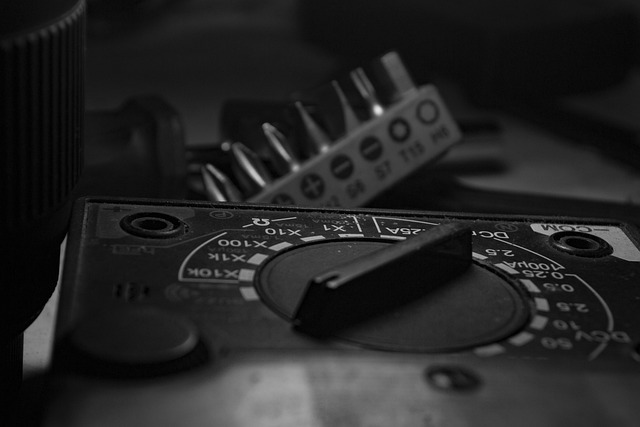
Creating precise auto body shop estimates for frame and structural damage is a critical aspect of ensuring customer satisfaction and maintaining a competitive edge. Here are some valuable tips to help auto body shops achieve accuracy:
1. Comprehensive Inspection: Begin with a thorough inspection of the vehicle, paying close attention to the frame, unibody, and any visible structural components. Identify all damage areas, including dents, creases, bent panels, and damaged suspension systems. Modern vehicles often have advanced sensors that can detect even subtle structural anomalies, so utilize diagnostic tools for a more comprehensive evaluation.
2. Industry Standards and Guidelines: Stay updated with industry standards and guidelines for auto frame repair and car paint repair processes. These standards provide a framework for estimating repair time, materials needed, and labor costs accurately. Many professional organizations offer training programs and resources to help shops stay aligned with best practices.
3. Detail-Oriented Documentation: Document every step of the inspection process, noting specific damage details, measurement dimensions, and photographic evidence. This not only aids in creating accurate estimates but also serves as a valuable reference during the repair phase, ensuring consistency and quality control. By keeping detailed records, shops can maintain transparency with customers and manage expectations effectively.
4. Utilize Estimation Software: Consider investing in specialized auto body shop estimation software that streamlines the process. These tools provide digital templates and pre-populated data, making it easier to input information accurately and quickly. With features like real-time material cost updates and labor rate calculations, shops can produce precise estimates in a fraction of the time compared to manual methods.
Auto body shop estimates for frame and structural damage are crucial for accurate repairs and customer satisfaction. By understanding the methods, tools, and tips discussed in this article, shops can create precise estimates, ensuring efficient and effective service. Utilizing these practices not only benefits businesses but also guarantees that vehicles return to their pre-accident condition, leaving customers happy with the outcome.
